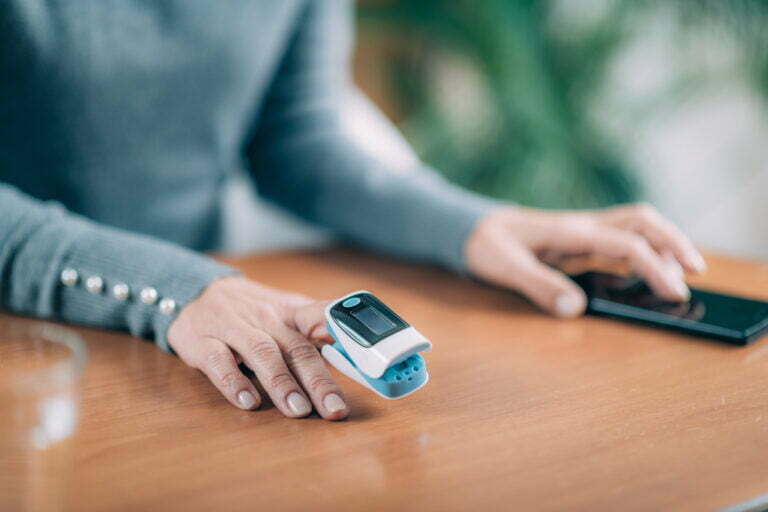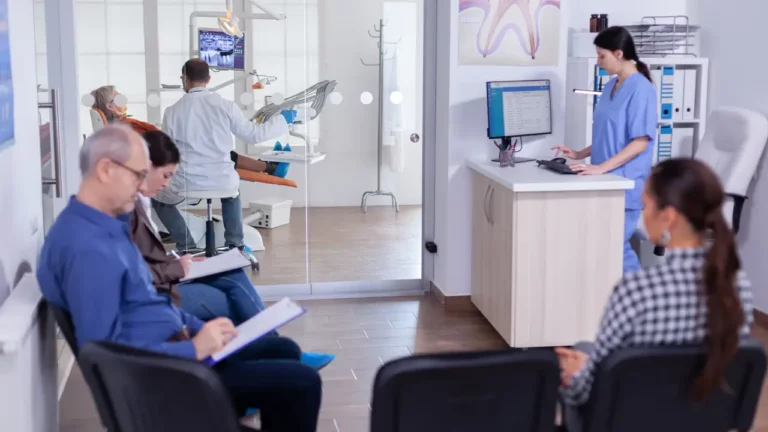The Centers for Medicare and Medicaid Services (CMS) issued its final rule concerning remote patient monitoring (RPM) reimbursement under the Medicare program on December 1, 2020. The changes are aimed to clarify CMS’ position on how it interprets requirements for RPM services. This rule finalizes many of the proposals released in August 2020.
Moreover, on January 19, 2021, CMS issued a correction revising its preamble commentary in the 2021 Physician Fee Schedule Final Rule.[1] Here are the CMS policies in the 2021 Final Rule and the revisions made.
Definition of Remote Patient Monitoring (RPM)
RPM uses digital technologies to provide patient-generated health data such as blood pressure, weight, heart rate, blood oxygen saturation (sPO2), etc. Healthcare providers can view these to analyze and treat if needed. It is a subset of telehealth and gained popularity around 2017 to 2019 before the pandemic began. However, RPM utilization skyrocketed during the health crisis as the need to monitor COVID-19 patients while decreasing possible exposure. Therefore, RPM is the best fit without compromising patient care.
According to the Center of Connected Health Policy, RPM[2] moves beyond being a simple physiologic monitoring device to reduce hospitalizations, readmissions, and length of hospital stay. In addition, RPM augmented the continuous care for chronic patients during the pandemic to lessen life-threatening symptoms and improve overall general wellbeing and health satisfaction.
There are five primary Medicare RPM codes relevant to the RPM program:
1. CPT Code 99453
99453 refers to the initial set-up of RPM devices. It also includes patient education on the use of RPM devices for their condition. This CPT code is billed only once regardless of the number of RPM devices a patient uses or the number of providers caring for the patient.
2. CPT Code 99454
99454 refers to the transmission of vital sign monitoring (blood pressure, heart rate, weight, etc.) with an RPM device. Aside from the device classified under FDA’s classification system, the device must be ordered by a healthcare provider and filed once every 30 days.
3. CPT Code 99457
99457 refers to monthly reimbursement for time spent doing at least 20 minutes reviewing patient records, including live communication with the patient by physicians thru phone or video call, analyzing data, and managing devices.
4. CPT Code 99458
99458 is a supplement to 99457 and can be billed for each additional 20 minutes for RPM per month. This code cannot be billed as a standalone code and must always be used in conjunction with 99457.
5. CPT Code 99091
99091 is for collecting and interpreting physiologic data digitally stored and/or transmitted to the physician or other QHCP by the patient and/or caregiver. It can also be billed monthly, but the requirements are more regulated than for 99457 and 99458.
Knowledge of these CPT codes can add significant revenues to medical practice, especially when many patients are reluctant to participate in in-person care. More in-depth information about CPT codes 99453 and 99454 can be found in this article.
Furthermore, CMS reaffirmed[3] the following in the final rule 2021:
1. Using RPM with new and established patients
CMS stated that a physician who has an established relationship with a patient would have had an opportunity to provide a new patient evaluation & management (E/M) service. During that new patient E/M service, the physician gathered pertinent patient history and performed a physical exam, if necessary. As a result, the physician would have the information needed to understand the patient’s current medical status and needs before ordering RPM services to collect and analyze physiologic data and develop a treatment plan.
2. Time spent on ‘interactive communication’ with a patient
CMS clarified that an “interactive communication” for CPT codes 99457 and 99458 is a real-time conversation that includes synchronous, two-way interactions that can be enhanced with video or other types of data. Therefore, the 20-minute time required to bill for CPT codes 99457 and 99458 services can include time spent furnishing care management services and the required synchronous, real-time interactions with the patient.
CMS clarified that while “interactive communication” contributes to total time, it is not the only activity included when calculating the 20-minute per month provision. In other words, the 20-minutes of work associated with CPT codes 99457 and 99458 include time spent by a practitioner on “interactive communication” as well as time spent on non-face-to-face care management services during the month.
3. RPM billing by one practitioner, per patient, per period
Only one practitioner can bill medically necessary services associated with all medical devices for a single patient, once per patient per 30-day period, and only after at least 16 days of data collection. This means that only one health practitioner can bill CPT codes 99453 and 99454 within 30 days and only when at least 16 days of data on at least one medical device has been collected. “Even when multiple medical devices are provided to a patient,” CMS explained, “only one practitioner can bill the services associated with all the medical devices, once per patient, once per 30-day period, and only when at least 16 days of data have been collected.”
Takeaway
In the post-COVID world, the success of remote patient monitoring will not be possible without the providers preserving patient relationships to extend care solutions and improve their overall health outcomes. Devices need not be inexpensive to drive revenue. Instead, adding clinical value with data analyzed to optimize services, giving patients better feedback on their conditions, and helping them with medication adherence is the best way to provide better care and outcomes.
References:
- PFS Final Rule – CMS. (n.d.). Retrieved from https://www.cms.gov/files/document/12120-pfs-final-rule.pdf
- What is telehealth? CCHP. (2021, April 16). Retrieved from https://www.cchpca.org/what-is-telehealth/?category=remote-patient-monitoring
- Fact sheet final policy, payment, and quality provisions changes to the Medicare physician fee schedule for calendar year 2021. CMS. (n.d.). Retrieved from https://www.cms.gov/newsroom/fact-sheets/final-policy-payment-and-quality-provisions-changes-medicare-physician-fee-schedule-calendar-year-1








